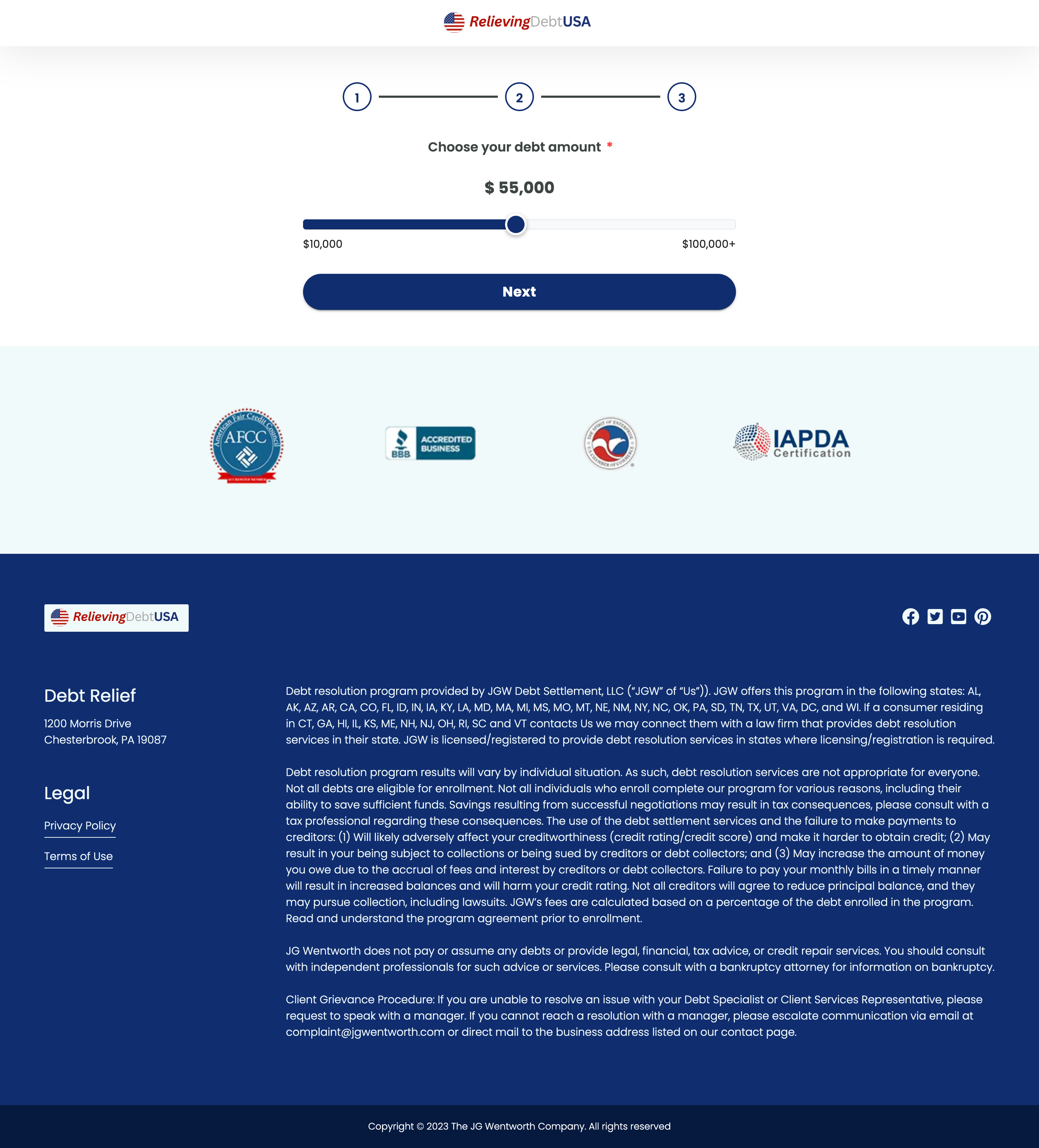The Role of Landing Pages in PPC Success
Pay-per-click (PPC) advertising is a major component of digital marketing strategies, and landing pages play a crucial role in determining the success of these campaigns. This article explores the significance of landing pages, the key elements that make them effective, and how they contribute to PPC success.
Table of Contents
- Introduction
- The Importance of Landing Pages
- Key Elements of Effective Landing Pages
- Optimizing Landing Pages for PPC
- Measuring Landing Page Success
- Conclusion
Introduction
PPC campaigns are a highly effective way to drive traffic and conversions. However, the success of these campaigns doesn’t solely depend on the ad copy or targeting; it critically hinges on what users encounter once they click on an ad. This is where landing pages come into play. A well-crafted landing page serves not only as a continuation of the user’s journey but as a persuasive medium that can drive conversions and ultimately determine the return on investment (ROI) of your PPC campaign.
The Importance of Landing Pages
Landing pages are vital because they are the first point of interaction with potential customers after they click on your PPC ad. Their primary purpose is to convert visitors by guiding them towards a specific action, such as signing up for a newsletter, downloading a whitepaper, or making a purchase. A well-designed landing page can significantly improve conversion rates while providing a meaningful experience to users.
Key Elements of Effective Landing Pages
Clear and Compelling Headlines
The headline is often the first element a visitor sees. It should be clear, concise, and directly related to the ad content. A strong headline grabs attention and keeps visitors engaged.
Focused and Persuasive Content
The content on the landing page should focus on the unique selling propositions (USPs) of the offer. Use bullet points, subheadings, and concise paragraphs to communicate benefits effectively without overwhelming the reader.
Strong Call to Action (CTA)
A CTA is the focal point of your landing page. It should stand out visually, using buttons or links that are clearly actionable. Phrases like “Get Started,” “Download Now,” or “Sign Up” with contrasting colors to draw attention effectively guide users towards conversion.
Visual Elements
Images, videos, and graphics can greatly enhance a landing page’s appeal. They should be relevant to the offer and help illustrate key points or provide further clarity. High-quality visuals can also create a more engaging and memorable user experience.
Simple and Intuitive Design
A clutter-free design with plenty of white space ensures easier navigation and a more pleasant experience. Make sure the design aligns with your brand to create a cohesive identity.
Optimizing Landing Pages for PPC
Ensure Relevance
The landing page must align with the PPC ad. Users expect continuity; if there is a disconnect between your ad and the landing page, visitors are likely to bounce quickly. Ensure messaging consistency and deliver on the promises made in the ad.
Mobile Optimization
With an increasing number of users accessing content on mobile devices, it is crucial to ensure that landing pages are optimized for mobile. This includes responsive design, fast load times, and easy navigation on smaller screens.
Loading Speed
A slow-loading page can drastically increase bounce rates. Optimize images, scripts, and server response times to ensure your landing page loads quickly on any device.
Testing and Iteration
Continuous testing and iteration can optimize landing page performance. A/B testing different elements such as headlines, images, and CTAs can provide insights into what works best for your audience.
Measuring Landing Page Success
Conversion Rate
The conversion rate is the most critical metric for determining a landing page’s success. Calculate the percentage of visitors who complete the desired action compared to the total number of visitors.
Time on Page
A high time on page indicates that visitors are engaged with the content. However, if conversions aren’t happening, it might suggest content isn’t persuasive enough or CTAs need improvement.
Bounce Rate
Bounce rate measures how many visitors leave the site after viewing only the landing page. A high bounce rate could signal that visitors aren’t finding what they expected, suggesting a need for redesign or content adjustments.
Return on Ad Spend (ROAS)
ROAS helps in understanding the profitability of your PPC campaign. By analyzing the revenue generated from conversions attributed to your landing page, you can determine the overall effectiveness of your PPC investment.
Conclusion
Landing pages are instrumental in the success of PPC campaigns. By focusing on their design, relevance, and the strategic integration of key elements, marketers can significantly optimize their conversion rates. To further enhance the effectiveness of landing pages, consider using tools that allow you to download and analyze high-performing competitors’ landing pages, such as a landing page ripper tool. Such insights can be invaluable in refining your own landing page strategies and boosting PPC outcomes.









